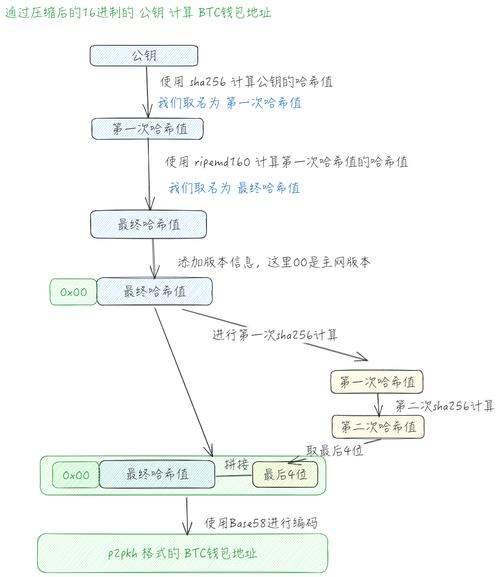ETC Miner: A Comprehensive Guide to Ethereum Classic Mining
ETC Miner: A Comprehensive Guide to Ethereum Classic Mining
As the cryptocurrency market continues to evolve, Ethereum Classic (ETC) mining has become an attractive option for many miners and investors. With its unique features and potential for profitability, understanding the intricacies of ETC mining is crucial. In this article, we will delve into the world of ETC mining, covering various aspects such as hardware, software, profitability, and best practices.
Hardware: Choosing the Right ETC Miner

When it comes to ETC mining, selecting the right hardware is essential for maximizing your profits. Here are some key factors to consider when choosing an ETC miner:
- Hash Rate: The hash rate determines how quickly your miner can solve mathematical puzzles to mine ETC. Higher hash rates generally result in faster mining and higher profits.
- Power Efficiency: Power efficiency, measured in watts per terahash (W/T), is crucial for minimizing electricity costs. A miner with a lower power efficiency will consume more electricity, reducing your overall profitability.
- Noise Level: Mining can be noisy, so consider a miner with a lower noise level if you plan to run it in a residential setting.
- Size and Cooling: Ensure your miner has adequate cooling and is of a suitable size for your mining setup.
Some popular ETC miners include the BOMBAX MINER EZ100-C, which offers a hash rate of 3200 MH/s and a power efficiency of 0.18 J/MH, and the CoCo Miner, which boasts a hash rate of 300 MH/s and a power efficiency of 0.8 J/MH.
Software: Setting Up Your ETC Mining Rig

Once you have your hardware, you’ll need to set up your ETC mining rig. Here’s a step-by-step guide to help you get started:
- Install the Mining Software: Choose a mining software that supports ETC mining, such as CGMiner or Claymore’s Ethereum miner.
- Join a Mining Pool: Joining a mining pool can increase your chances of successfully mining ETC. Research different mining pools and choose one with a good reputation and low fees.
- Configure Your Mining Software: Enter your wallet address and the mining pool’s address into the mining software. You may also need to enter your worker name and password.
- Start Mining: Once your mining software is configured, start mining ETC by clicking the “Start” button.
Profitability: Calculating Your ETC Mining Returns

Calculating your ETC mining returns is essential for determining whether mining is profitable for you. Here’s how to do it:
- Estimate Your Hash Rate: Use an online mining calculator to estimate your miner’s hash rate.
- Calculate Your Power Costs: Determine your electricity costs per kilowatt-hour (kWh). This information can typically be found on your electricity bill.
- Enter Your Data into a Mining Calculator: Use an online mining calculator to input your estimated hash rate, power costs, and other relevant information. The calculator will then provide an estimate of your daily, weekly, and monthly profits.
Keep in mind that profitability can be affected by factors such as the current price of ETC, mining pool fees, and electricity costs. It’s essential to stay informed and adjust your mining strategy accordingly.
Best Practices for ETC Mining
Here are some best practices to help you succeed in ETC mining:
- Monitor Your Hardware: Regularly check your miner’s temperature and performance to ensure it’s running optimally.
- Keep Your Software Updated: Update your mining software to the latest version to ensure compatibility and performance.
- Backup Your Wallet: Safely store your ETC wallet address and private key in a secure location.
- Stay Informed: Keep up with the latest news and developments in the cryptocurrency market to make informed decisions.
ETC mining can be a rewarding endeavor, but it’s essential to do your research and understand the risks involved. By following these guidelines and staying informed, you can increase your chances of success in the






